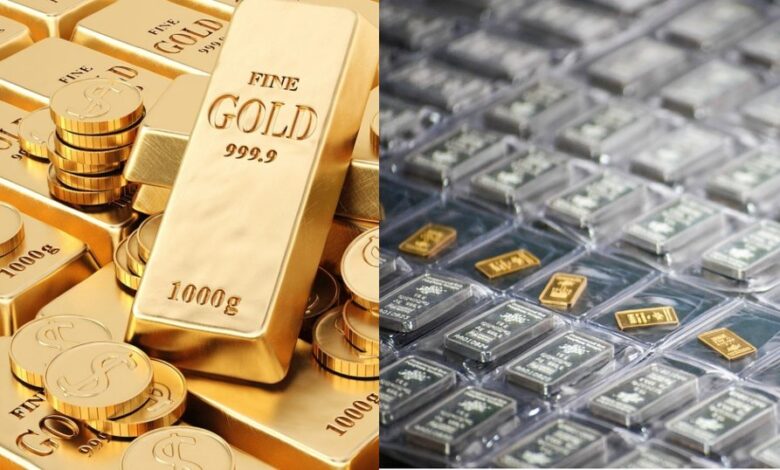
Silver leads the weakness in the precious metals sector
Metal continues to struggle with rising bond yields, a stronger dollar, and a rebound in equities, further dampening demand for diversification. While gold showed signs of resistance to the latest rise in US government bond yields earlier in the week, both metals, led by silver, we’re unable to withstand the stronger US currency.
The gold/silver ratio, hovering around a 14-month peak, reflects market concerns about both inflation and growth in China. In addition, gold and silver continue to be under pressure from rising government bond yields, a stronger US currency, and a rebound in stocks, weighing on demand for diversification. Gold tried to resist the growth of rates on US bonds at the start of the week, but precious metals lost ground under the onslaught of the dollar, which reached an annual maximum.
The reasons for the current dollar strength may ultimately support gold as a security asset. Still, for now, while both precious metals are on the defensive, speculators see no reason to go long unless the charts tell them otherwise.
Fed Chairman Jerome Powell and his colleagues from the ECB, the Bank of Japan, and the Bank of England consider the rise in inflation worldwide temporary. In their opinion, it is by the restriction of the supply. Likely to start cutting back on asset purchases in November, the timing of the first-rate hike has back to the end of 2022. US President Joe Biden is struggling to garner support for his economic plan, while debt ceilings remain a pressing issue.
In September, manufacturing activity in China contracted as power shortages and pollution control slowed the economy amid heightened fears over the Evergrande debt crisis.
These and other recent events have supported the dollar’s gains and yields, with silver hitting the hardest. After falling below the critical support at $ 22, the price of silver fell to $ 21.41, last recorded about 14 months ago. As a result, the gold/silver ratio exceeded 80 for the first time since November last year.
With nearly half of total demand for silver coming from industrial uses, current concerns about slowing growth in China have weighed on silver more than gold as investors look for a way to hedge rising price pressures, especially from soaring energy costs. In other words, an increase in the silver/gold ratio is the market’s way of expressing concerns about inflation and China’s economic growth. Gold is known for its reaction to changes in the dollar and bond yields, which negatively affect the precious metal price.
However, fund managers also use it to hedge and diversify the risks that financial assets carry with them. Although with these assets and market valuation now close to all-time highs, demand for gold has declined. As investors believe in the market and the transitory nature of inflation, gold as insurance falls.
Precious metal is currently trading at the bottom of its annual range. It is necessary to monitor profitability dynamics in the near term, as its growth could potentially increase the uncertainty in other asset classes, such as growth stocks, which are sensitive to interest rates. Moreover, further increases in energy prices may ultimately support the view that current inflation is far from temporary.